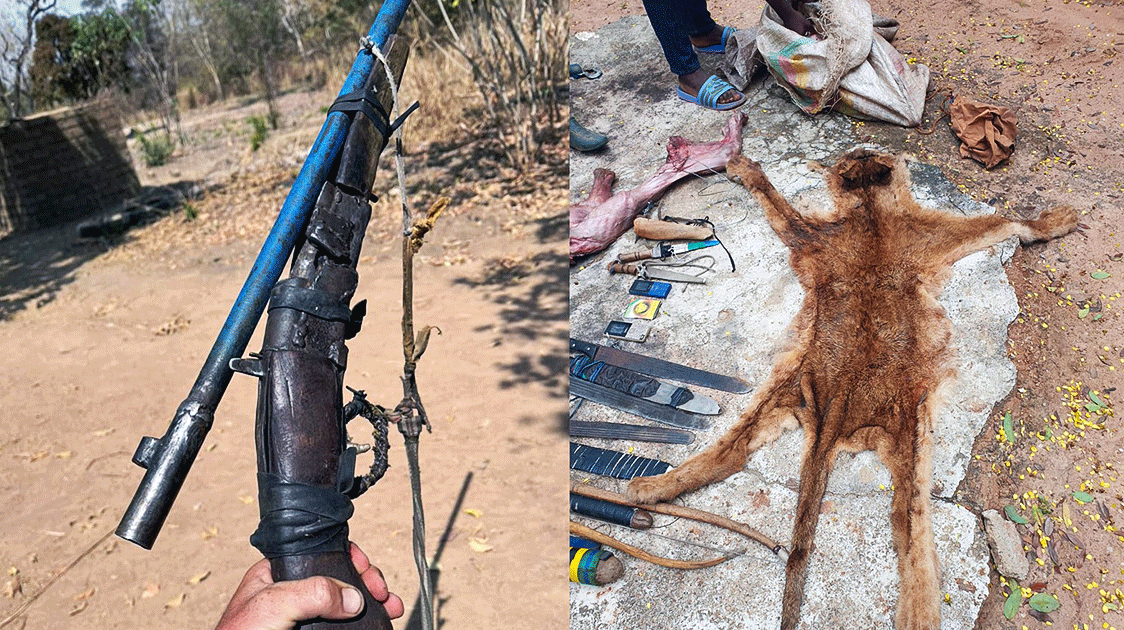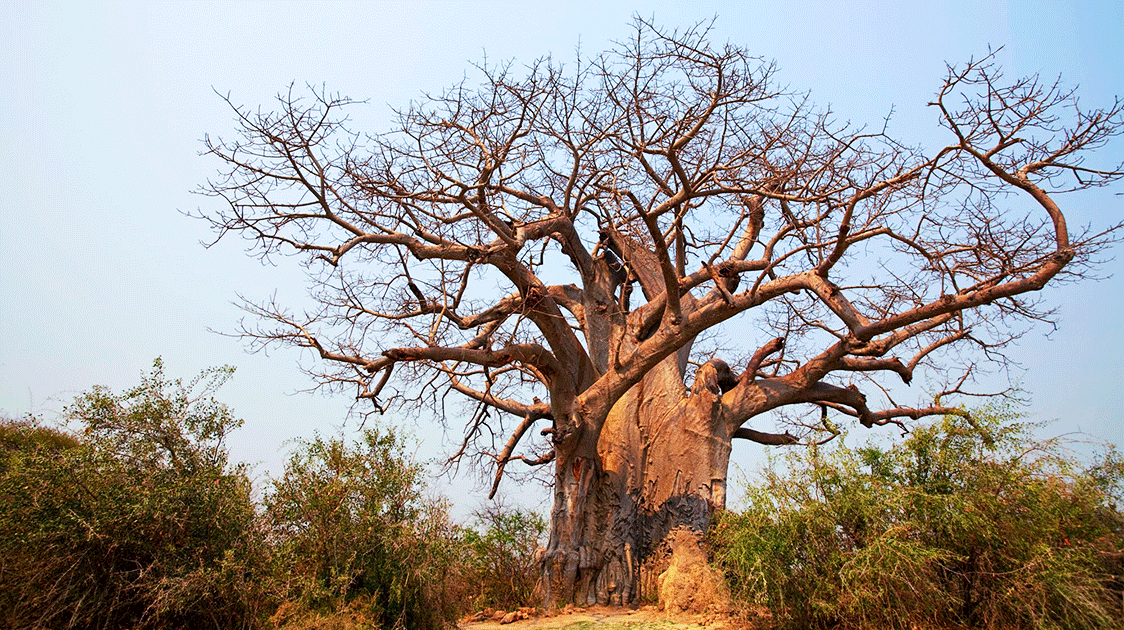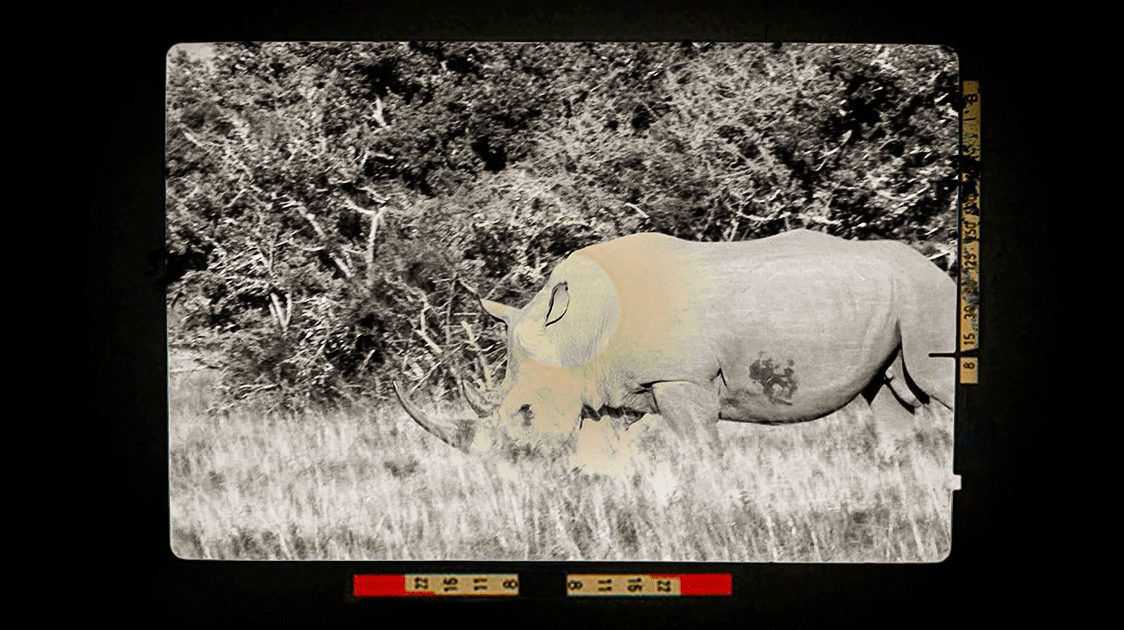Savannah Region of Northern Cameroon: A Unique Ecosystem Under Pressure (7-minute Video)

Northern Cameroon is characterized by flat to gently undulating countryside, with vast plains and occasional rocky outcrops that stretch over a mix of dry and wet savannah landscapes.
Large ephemeral rivers create seasonal wetlands and floodplains important for agriculture and wildlife. The northernmost parts of this region are a part of the Sahel, which marks a transition between the desert and the more fertile savannah to the south.
The region falls within the Sudano-Sahelian climatic zone, which experiences distinct wet and dry seasons.
There are three vegetation regimes:
Grasslands are dominated by grasses which grow tall during the rainy season and dry up in the long dry periods.
Sparse trees and shrubs featuring scattered acacia trees and other drought-resistant species are adapted to prolonged dry spells and are vital for wildlife and local communities.
And Gallery Forests, which follow watercourses forming fingers of green that stretch into the grasslands.
The region supports a wide array of biodiversity highly dependent on seasonal rainfall for its ecological health.
This unique ecosystem is, however, under severe pressure.




Comments ()